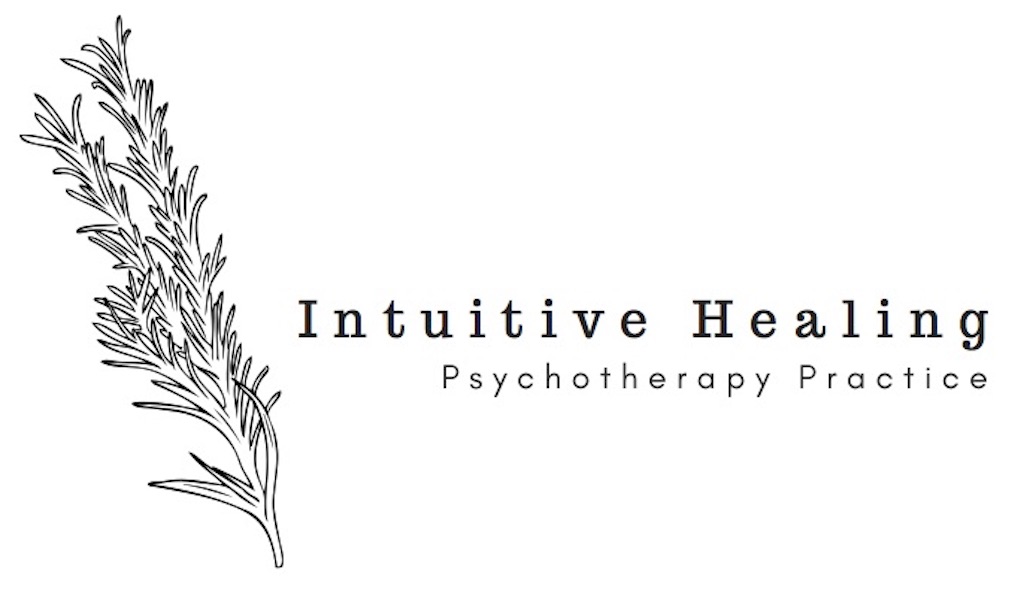The Commitment of Weekly Therapy
Rachel Chada, MHC
Whether I’m talking with a therapy first-timer or an experienced therapy-goer, I often hear the same question pop up toward the beginning of our work: “do we really need to meet every week?”
Let’s talk about it!
First, A Quick Note
Every therapist is different. Therapy frequency often depends on your therapist’s professional boundaries, scheduling capacity, and their therapeutic orientation or philosophy. So, while I’m going to share my personal perspective here—one that many of us at IH tend to align with—your therapist might approach this differently. That’s totally okay!
What matters most is that you and your therapist have a shared understanding of what frequency best supports your work together.
Why Weekly Therapy, Especially At The Start?
Let’s go back to that question I often find myself answering on client consultations: “do we really need to meet every week?” Sometimes, this question is motivated by cost or scheduling; other times folks just feel like it’s a lot to commit to right away.
And the truth is: yes, a weekly commitment can feel like a lot.
But it’s also really important, especially early in the process. In the beginning, therapy is about building trust and rapport. If we’re only meeting every other week, it can take longer to develop a sense of safety (or to even understand if this therapeutic relationship is the right fight for you). On top of that, I’m still learning about who you are and the experiences that have shaped how you move through the world. Less-frequent therapy lengthens this process and makes it more difficult to dive into the work you might be hoping to do in therapy.
That’s why, as a general rule of thumb, we start weekly and go from there.
Here’s how I tend to think about the common therapy cadences after we’ve already started our work together:
Twice Weekly Therapy
Best for folks who:
Are dealing with something urgent, ongoing, and destabilizing
Want more support and space to process than one session a week allows
Are working on emotional regulation skills and want extra practice throughout the week
Some clients opt for twice weekly sessions for a short, focused period and then shift back to once a week when they feel ready.
Weekly Therapy
This is the most common cadence and for good reason. It provides:
Consistent support without having to play “catch up” about the material that comes up between sessions
Dedicated time between sessions to process, reflect, and apply what you’re discovering
A strong foundation for building the therapeutic relationship
Weekly sessions tend to offer the best balance, especially in the early phases of therapy or during life transitions.
Bi-Weekly Therapy
Best for folks who:
Have been in therapy consistently for several months or years
Are feeling like they’ve been working toward their therapeutic goals and are feeling more confident without the support of therapy
Might be ready to transition toward closing out therapy, or who want to focus on maintaining progress over time
Bi-weekly is generally not appropriate for clients with more serious mental health concerns, unless they have been regularly and effectively managed.
Therapy Isn’t One-Size-Fits-All
Just like there are seasons in life, there are seasons in therapy and you may find yourself bumping down to bi-weekly and moving back to weekly as the circumstances in your life change. What’s most important is that your therapy schedule fits your needs—and that’s based on thoughtful conversation between you and your therapist.
So, if you’re ever unsure about your session frequency or if you’re wondering if a shift in cadence might be helpful, bring it up! It’s not only okay, it’s a welcome and important part of your therapy journey.
Want to get started? Rachel Chada, MHC-LP is a psychotherapist for couples and individuals, trained to support all relationship structures and individual identities. Reach out here to book your free, 15-minute consultation.
